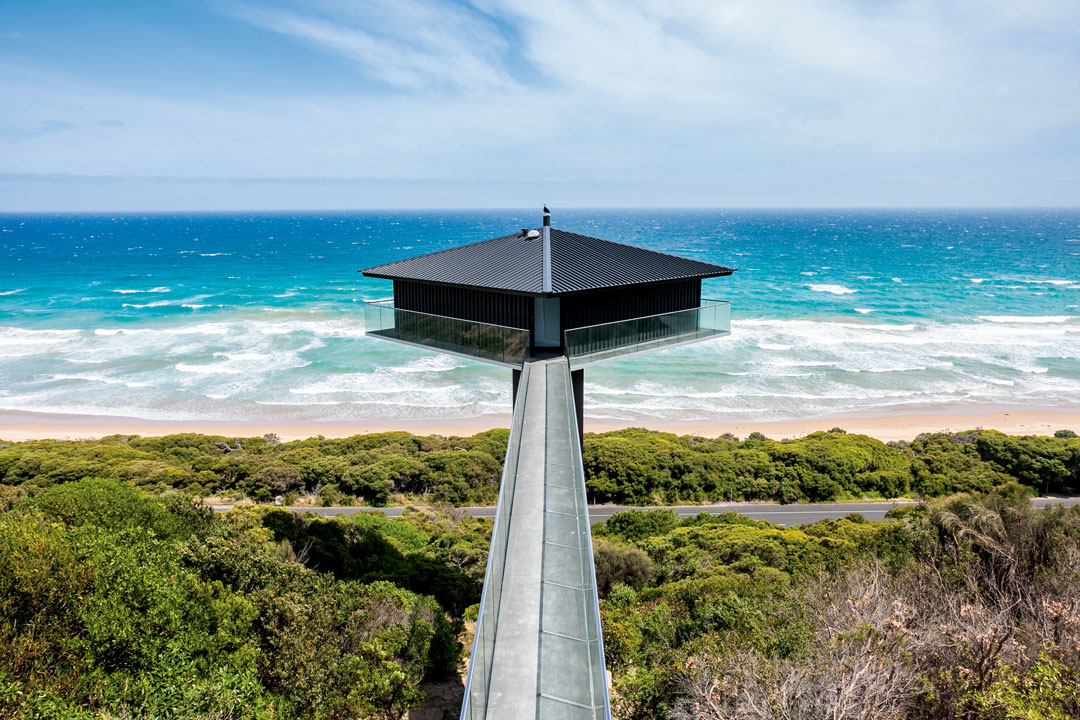
These waterside homes are perfect - so long as you like heights!
Do you suffer from acrophobia? Then you probably shouldn’t take a trip to these rooms with a view. . .
The architectural problems present when building beisde water are at least as old as the Bible. In The Parable of the Wise and the Foolish Builders, the wise one built his home on rock and the foolish on sand; when the floods came the house on rocky foundations stood firm, while the sandy home was washed away “and great was its fall.”
Thankfully, engineering techniques have moved on over the past 2000 years, and now vertiginous contemporary architecture can find a secure foothold on even the most glutinous waterside plot, as our new book, Living on Water: Contemporary Houses Framed by Water makes clear.
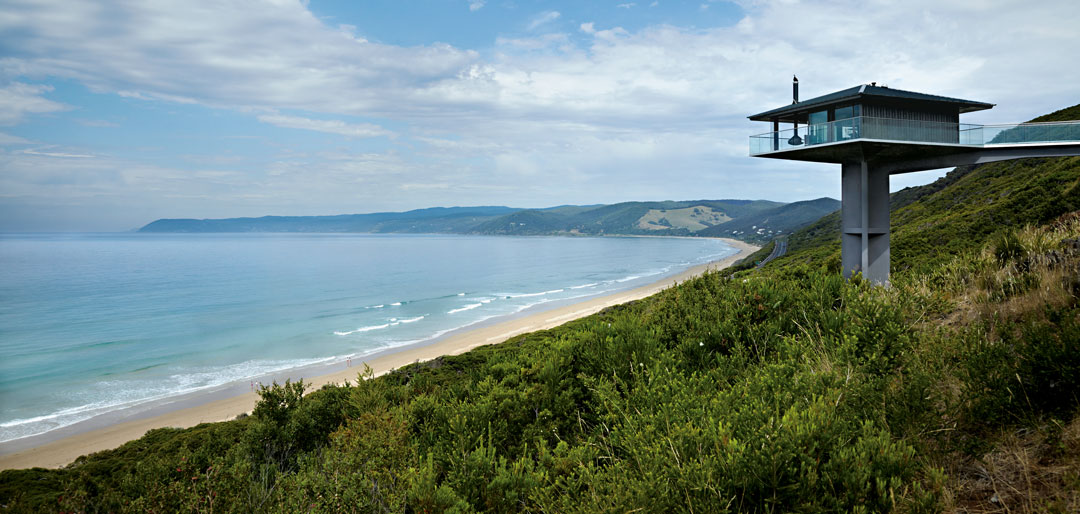
Pole House (F2 Architecture), Fairhaven, Australia, 2017 How do you get a sea view, without disturbing the seaside environment? “Position the house atop a forty-two-foot (13 metre) column protruding from a sloping hillside stretching down toward a beach,” explains our new book. A bridge connects the house to the land, passing over a canopy of trees.
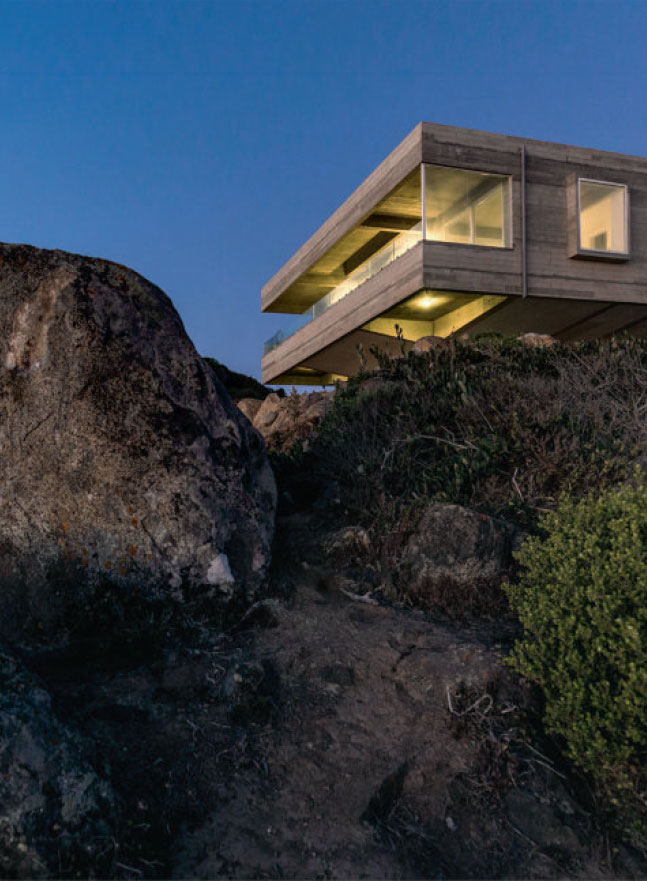
Casa Mirador (Gubbins Arquitectos), Tunquen, Chile 2015 This seaside house is a tribute to Le Corbusier’s distinctly landlocked masterpiece, Villa Savoye in Poissy, France. Mirador's elevated living quarters mimic Villa Savoye’s famous piloti-supported volume, yet the concrete base here also affords Mirador a seagull’s-eye-view out over the Pacific.
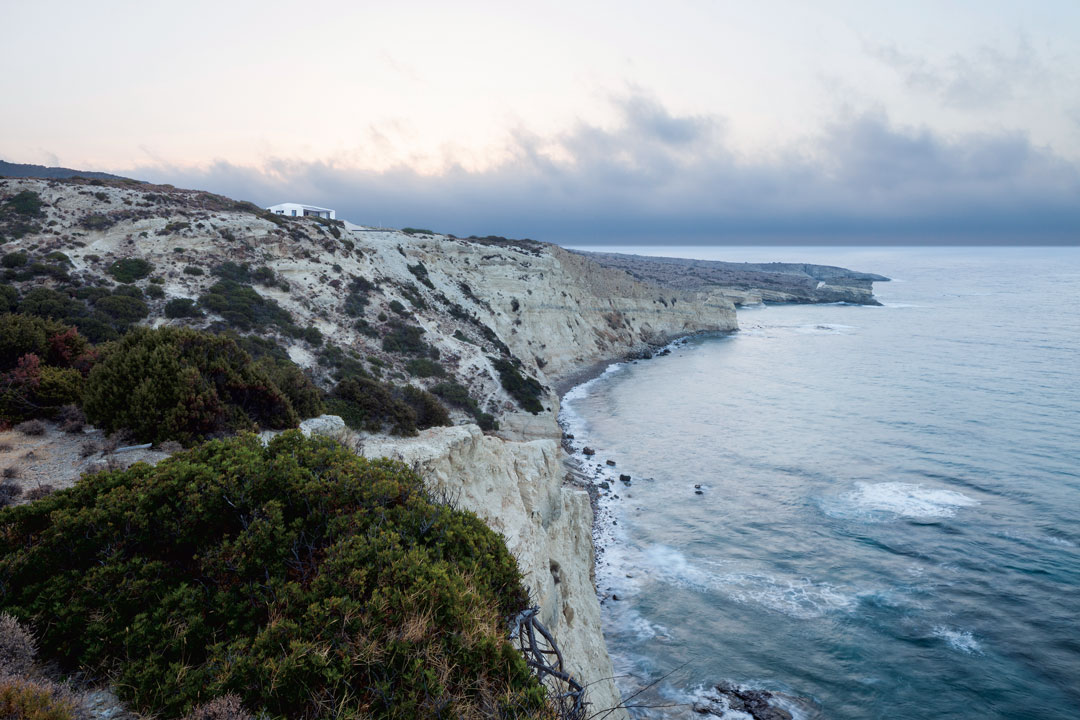
Voronoi’s Corrals, (decaArchitecture), 2012, Milos, Greece This cliff-top house on the Greek island of Milos isn’t perched up so high simply just for elevation’s sake. The white dwelling is “positioned carefully to take advantage of breezes, the movement of the sun, the sounds of the water, and the existing vegetation,” explains Living on Water.
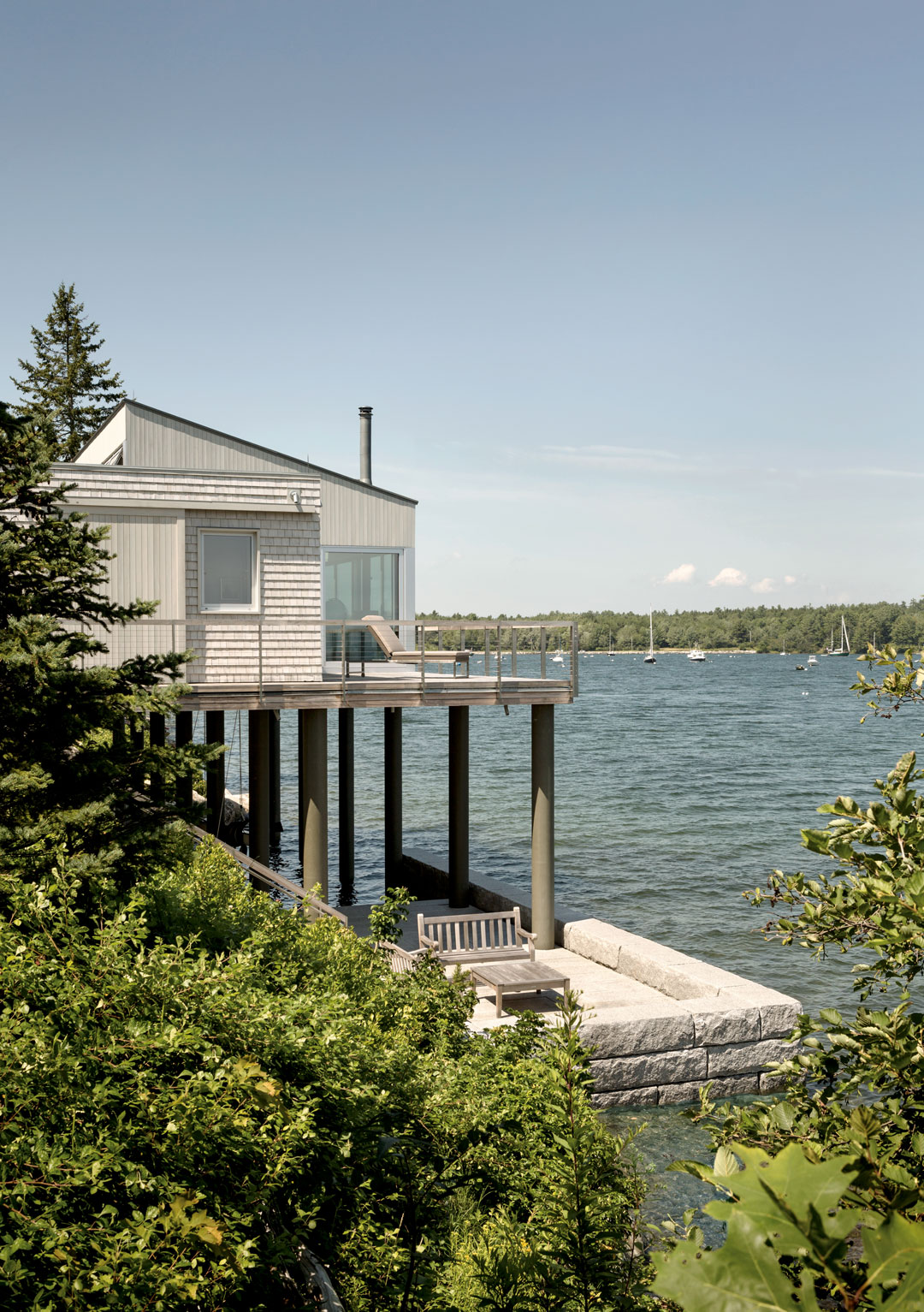
House over the Sea (Elliott + Elliott Architecture), 2014, Maine, USA This beach house has been raised up not to improve the view, but to avoid the vicissitudes of the sea, as our new book explains. “Located in Surry, Maine, this house has a rather precarious relationship with Blue Hill Bay, the body of water it overlooks. Erected on wooden piers, the single-story structure is, as a result, relatively unaffected by the tides or the gradual erosion of the shoreline.”
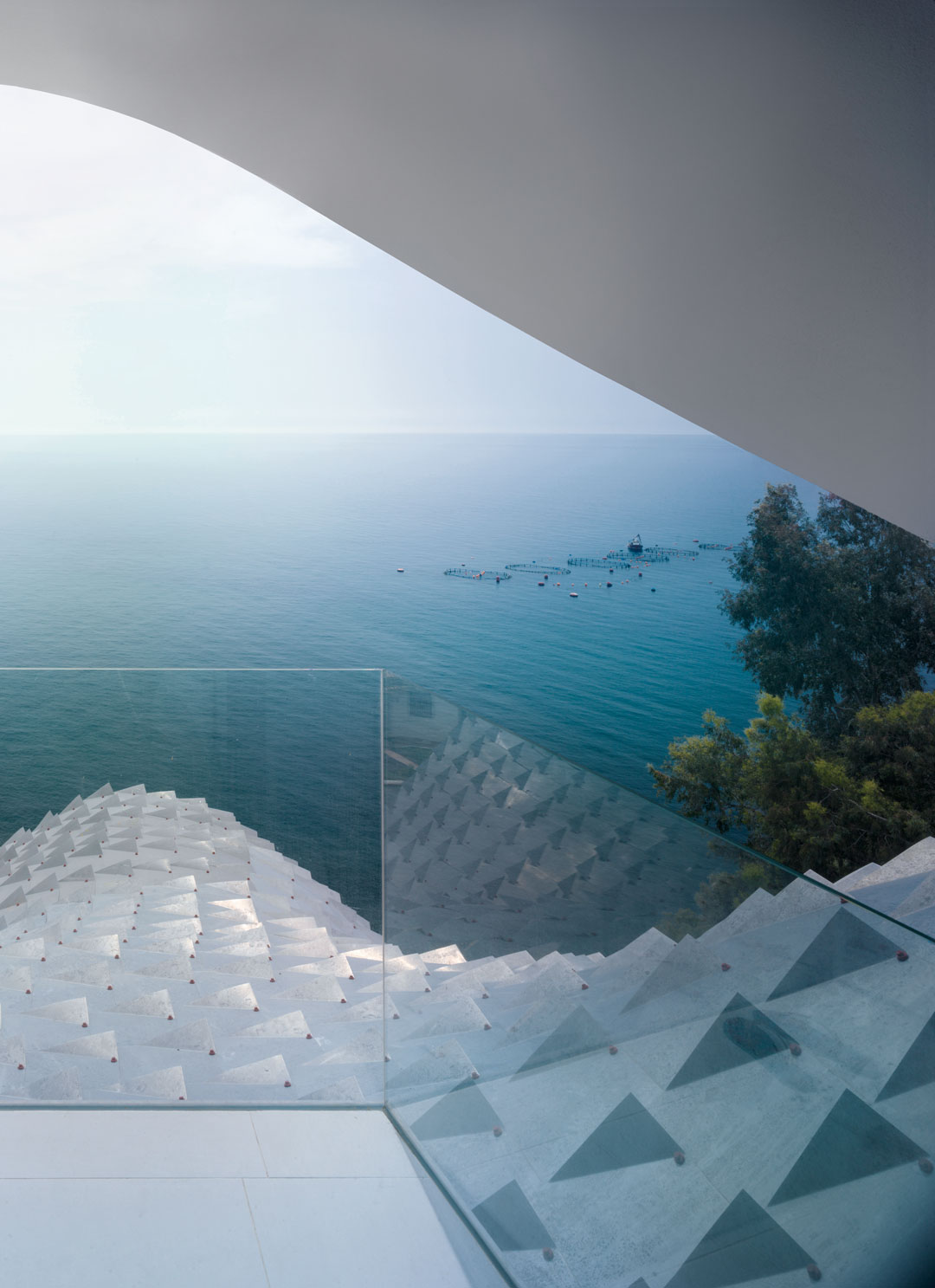
The House on the Cliff (GilBartolomé Architects) 2015, Granada, Spain “To be perched on a forty-two-degree angled cliff, an ordinary house might need to make several concessions - stand taller, for instance, or incorporate needlessly large apertures into its facade - in order to take advantage of the spectacular views across the Mediterranean Sea,” explains Living on Water. However, this curvaceous house clings tightly to the cliffside, affording its inhabitants beautiful sea views.
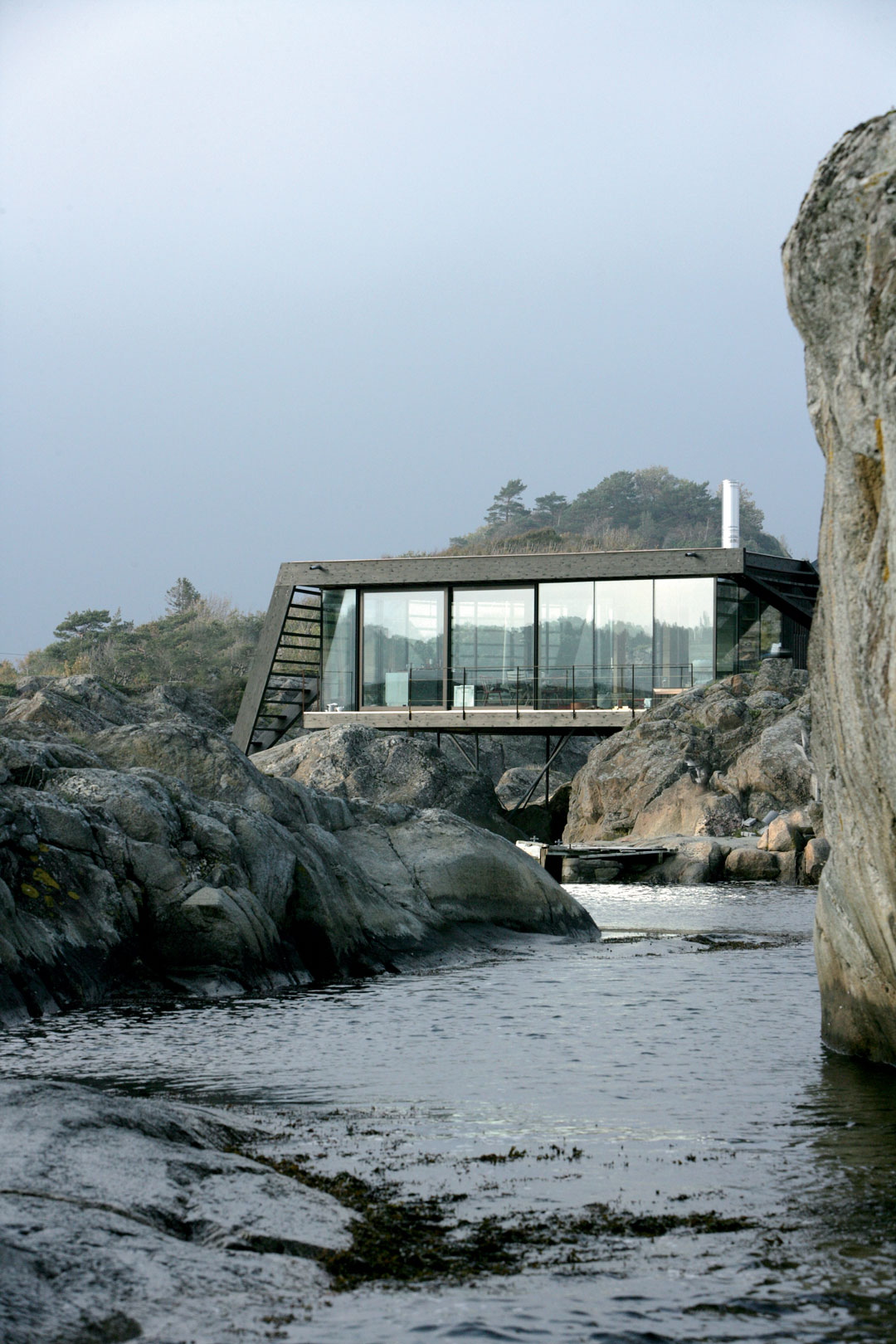
Cabin Lille Arøya, (Lund Hagem Architects) 2014, Larvik, Norway You need a boat to reach this modest waterside retreat, which is set precariously on a small rocky outcrop on the edge southern Norway. “Constructed of timber beams and galvanized steel columns, the building’s structure is anchored directly to the rock," explains Living on Water.

For more beautiful waterside real estate, order a copy of Living on Water here.